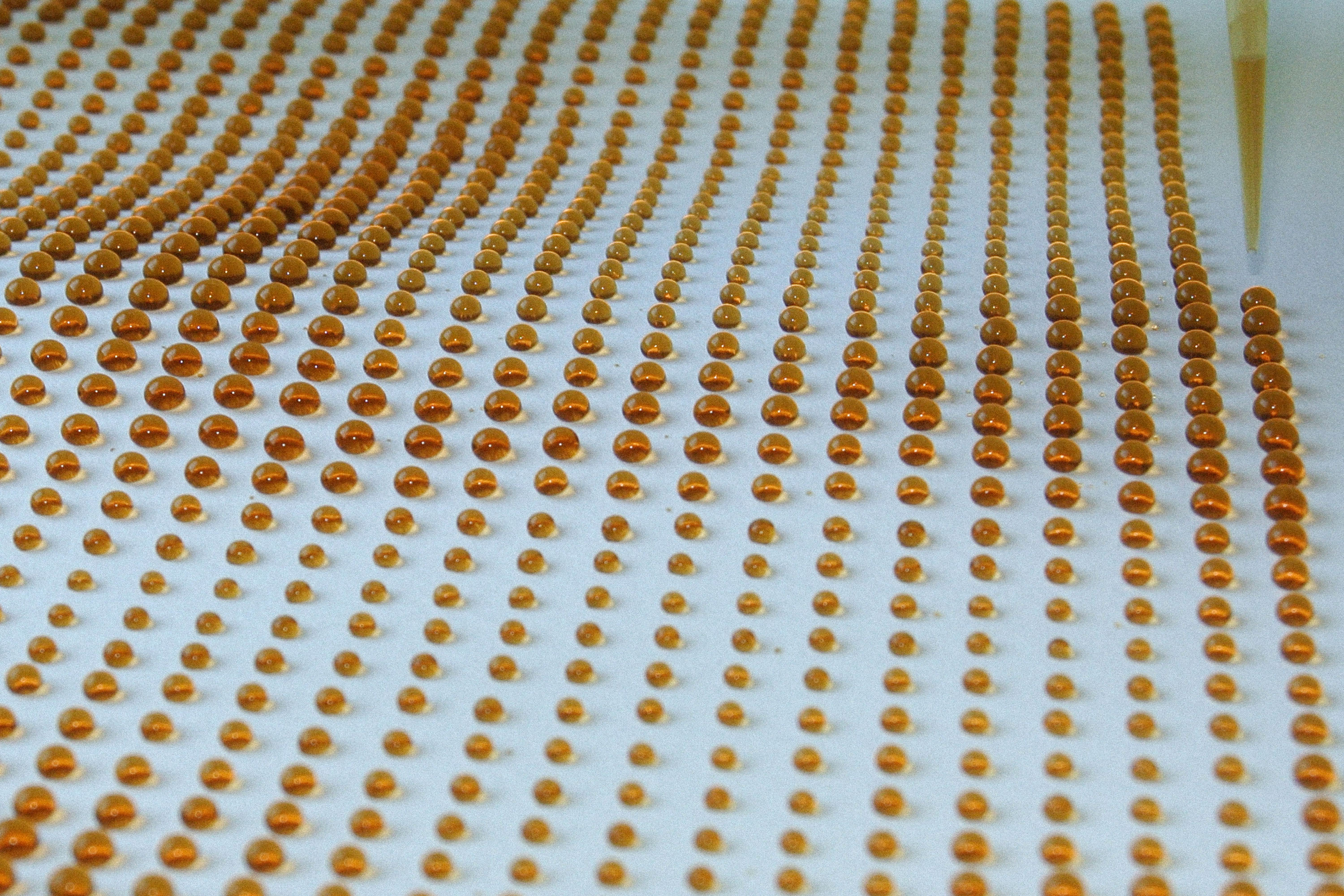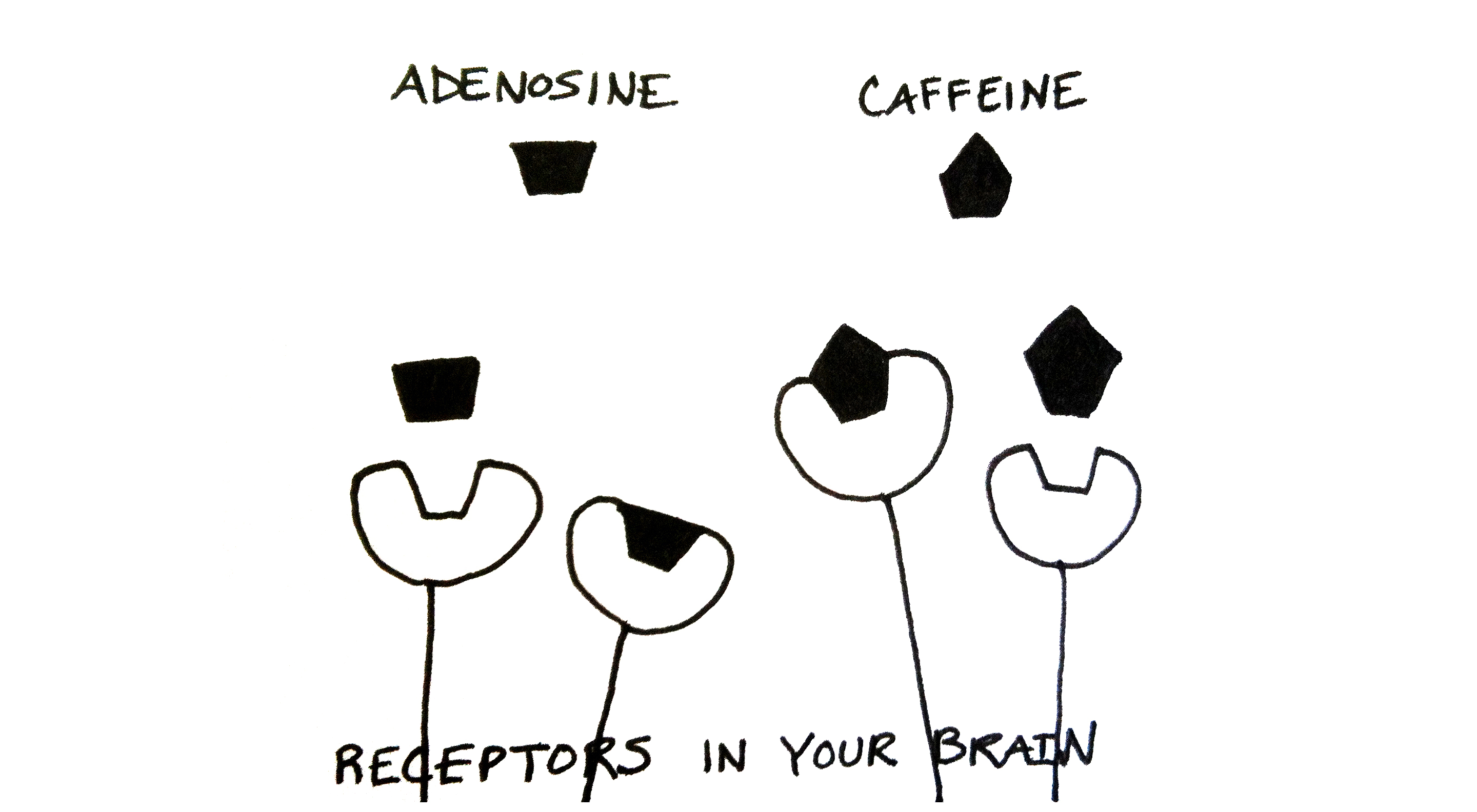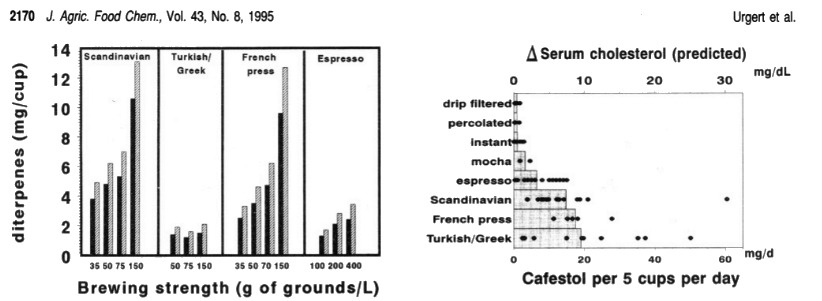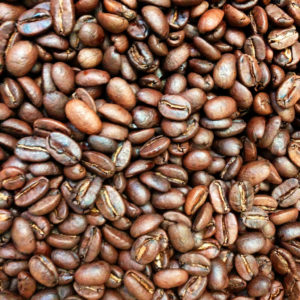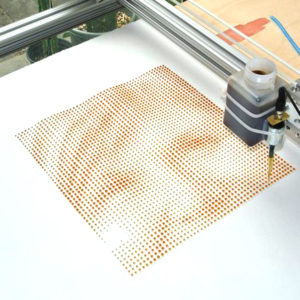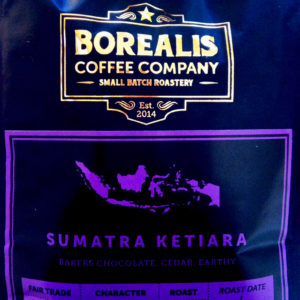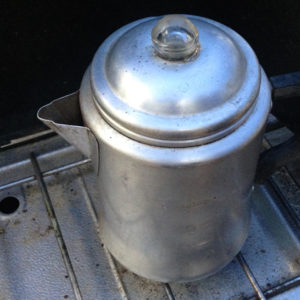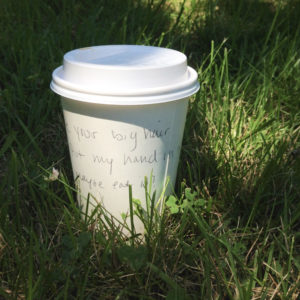Header Image: Ted Kinsman
The art + science of…coffee. Yes, there is an art and science to coffee. In being a scientist, I want to share with you the science of coffee. In being an artist, I want to share with you the art of coffee. As I sit here and sip on my own cup of java brewed through my favored pour-over method, I would like to tell you a little more about this special blend of coffee, of art + science…
THE SCIENCE
WHAT IS COFFEE?
Coffee is an evergreen shrub of the genus Coffea. It is actually the berries of the shrub that we refer to as beans and extract coffee from. There’s a lot of chemistry going on in one cup of this fancy elixir, so let’s talk a little coffee science, starting with a bit about its chemical composition.
PHYTOCHEMICALS
Phyto what? Coffee is full of phytochemicals (phyto = plant; chemicals). Phytochemicals are what gives plants their pigment and protective properties (i.e. orange carrots get their color from the phytochemical carotenoid). The health benefits of phytochemicals have been known and used for centuries, and are even extracted for use in many modern day pharmaceuticals (i.e. aspirin is derived from white willow tree bark, known for its anti-inflammatory properties).
While the jury may still be out on the overall benefits of coffee, we think it’s pretty durn good for you so let’s “phyt the fight” for coffee and explore the science behind these chemicals.
CAFFEINE
We are most familiarized with caffeine but what is it? Caffeine is an antioxidant, a psychoactive known to stimulate your central nervous system. More specifically, it is a purine (think back to DNA – purines & pyrimidines: Adenine, Guanine, Thymine, Cytosine).
But, how does it work? In your brain, there are receptors with a designed (induced) fit for a hypnogenic molecule called adenosine. Adenosine is responsible for moderating your circadian rhythm. When enough adenosine molecules bind to these receptors, sleep occurs. It just so happens that caffeine can also fit/bind to adenosine receptors, thus blocking adenosine from binding, and therefore preventing your sleepy time. See below for my illustration:
While caffeine is known for its addictive properties, it is also known to improve cognition, decrease fatigue, and boost memory. Too much caffeine can over-stimulate your nervous system, decrease bone density, and raise blood pressure though, so, as with anything, simply moderate your consumption!
CHLOROGENIC ACIDS
Coffee has beneficial compounds known as chlorogenic acids (CGAs). Chlorogenic acids are also antioxidants. Studies have indicated CGAs can slow the release of glucose into your bloodstream equating to lower blood sugar and in some cases, reduce the risk of cataracts. Some people even take these acids as an over-the-counter supplement, so why not just drink them in coffee instead?
TRIGONELLINE
This bitter alkaloid does a lot. Scientific studies show that trigonellione has the potential to maintain low blood sugar, protect your nervous system, improve memory, serve as antibacterial/antiviral agents, and also reduce platelet aggregation (= decrease blood clots in your bloodstream). Mmm! Bitter has never tasted so good.
KAHWEOL + CAFESTOL
Kahweol and cafestol are diterpenes that comprise the oil component of coffee. Diterpenes exhibit many health benefits and are known to have anti-inflammatory properties. They have also been known to reduce the effects of various carcinogens as well as inhibit angiogenesis (= the formation of new blood vessels that promote growth and spread of cancer), attributing to their anti-carcinogenic effects. Research has demonstrated that in some cases diterpenes can also raise cholesterol but usually only for those that drink coffee in excess (around 8 cups per day).Want to avoid diterpenes anyway? Brew using a filter as it will capture most of them. See figure below on diterpene concentration based on brew method.
For More Info. Look Into: Levels of the cholesterol-elevating diterpenes: cafestrol and kahweol in various coffee brews
Anti-cancer Info: Anti-proliferative properties of kahweol in oral squamous cancer through the regulation specificity protein 1
THE ART
BEAN & BREW
Now understanding the science of coffee, there is obviously an art to brewing coffee. It is through different beans, grinds, brewing methods, temperatures, and brew times that one can extract different health benefits. For instance, you may not know that some of these beneficial antioxidants we have discussed (i.e. diterpenes) are mostly left behind in the filter when you utilize pour-over brewing methodologies. In addition, different types of coffee beans have more or less of certain beneficial properties.
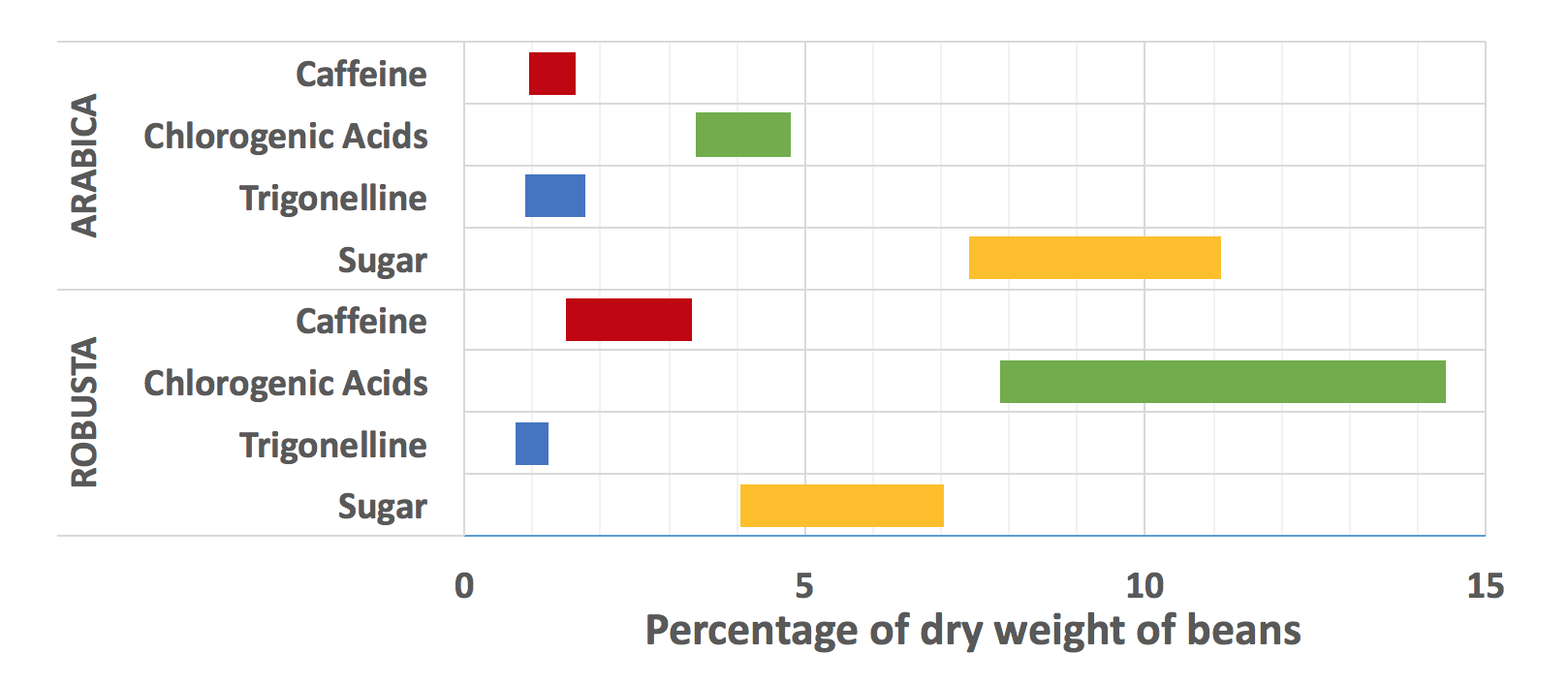
Image Source: http://arstechnica.com/science/2016/01/how-to-science-up-your-coffee/
Honestly, I try not to worry myself too much about which bean and brew are best. I know that no matter what, I am getting some beneficial properties when I drink coffee. Admittedly, I mostly just want my coffee to taste good. My preference? Dark roasts like Sumatra.
Care to Get the Most? Read more about Extraction of Coffee Antioxidants: Impact of Brewing time and Method
THE PERFECT CUP
The perfect cup is local. When in Rhode Island, my go to is Borealis Coffee Company (translation: “from the north”). Frustrated with the chain-scene, owner Brian Dwiggins began home-roasting in 2010 and opened a shop in Riverside this past summer. With small-batch roasts, a commitment to quality, and great customer service, this is the place to go. If you’re in the New England area, I encourage you to visit and let yourself go on a coffee adventure!
When I travel home to the Midwest, I always make certain to drop by my favorite shop Sump Coffee. I know I am in good hands here as chemist, artist, and owner, Scott Carey truly knows his stuff. Ask the man a question, and you will get a personal chemistry lesson and complete flavor profile on your coffee as it changes by the minute. When you get your coffee, I urge you try it before adding any cream and sugar. In fact, I think adding cream and sugar is an absolute sin as it is about the perfect balance of roast, bean, and brew here. At Sump, I always say, “it’s not just coffee, it’s an experience” and that has held true each time I visit.
Understanding the science of coffee, I consider myself “coffee informed.” Working in coffee, I have taken some classes on cupping and how to pull the perfect shot – tasting the spectrum from good to bad, over-pulled and under-pulled shots and everything between. You don’t have to take classes to learn about coffee though. Mostly, I encourage you to try a local roast and experiment (like a scientist!) with different brew methods. Visit regularly and you might even get custom turtle latte art (for the turtle biologist in me) or hand-written notes on your to-go cup. Either way, take the time to figure out what it is you really like and don’t be afraid to ask questions along the way.
Oh, and now that you’ve read all of that, check out Ted Kinsman’s innovative coffee printer, printing 4000 drips per hour! Kinsman is featured in Issue #2 of E-Squared so keep an eye out for more of his work!
